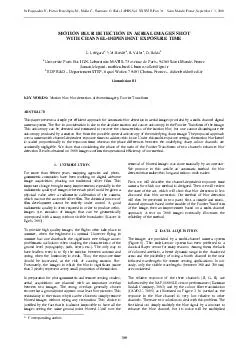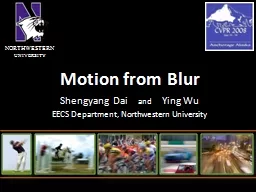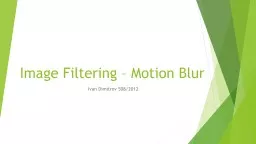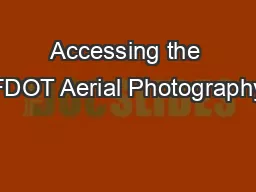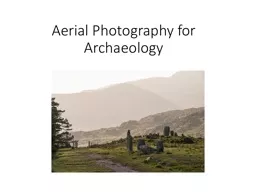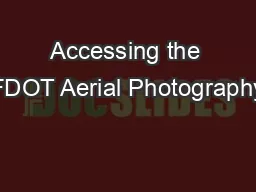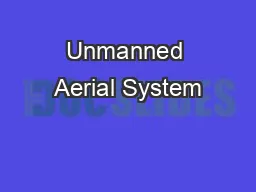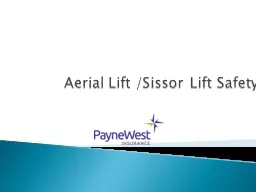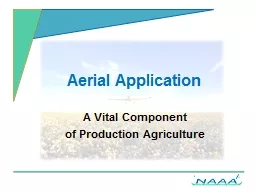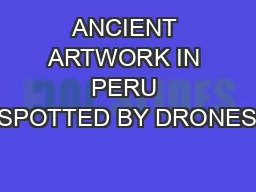PDF-MOTION BLUR DETECTION IN AERIAL IMAGES SHOT WITH CHANN
Author : celsa-spraggs | Published Date : 2015-04-08
Lelgard a M Brdif a B Vallet a D Boldo b Universit Paris Est IGN Laboratoire MATIS 73 a venue de Paris 94165 SaintMand France lamanlelegard mathieubredif brunovalletign
Presentation Embed Code
Download Presentation
Download Presentation The PPT/PDF document "MOTION BLUR DETECTION IN AERIAL IMAGES S..." is the property of its rightful owner. Permission is granted to download and print the materials on this website for personal, non-commercial use only, and to display it on your personal computer provided you do not modify the materials and that you retain all copyright notices contained in the materials. By downloading content from our website, you accept the terms of this agreement.
MOTION BLUR DETECTION IN AERIAL IMAGES SHOT WITH CHANN: Transcript
Lelgard a M Brdif a B Vallet a D Boldo b Universit Paris Est IGN Laboratoire MATIS 73 a venue de Paris 94165 SaintMand France lamanlelegard mathieubredif brunovalletign fr EDF RD Dpartement STEP 6 quai Watier 78401 C hatou France didierboldoedf. A Vital Component . of Production Agriculture. Ag Aviation History. 1921. – Lt. John Macready made the world’s first aerial application spreading lead arsenate dust over catalpa trees in Ohio to kill sphinx moth larvae using a Modified Curtiss JN-6 “Super Jenny” . Changes . Alex Foster. Supervisors: Drs. Murray Richardson & Mike Brklacich. February 4. th. , . 2016. Revised – February 9. th. ,2016. Overview. Context. Alfred Bog . Objectives. Methods. Historic Aerial Photography. Shengyang Dai . and. Ying Wu. EECS Department, Northwestern University. NORTHWESTERN. UNIVERSITY. http. ://vision.middlebury.edu/flow. /. Baker, . Scharstein. , Lewis, Roth, Black, Szeliski, . ICCV’07. Ivan . Dimitrov. 508/2012. . Photography. Fast . moving object or a longer exposure time may result in blurring . artifacts . The same effect can be achieved in a artificial way via image . procesing. Collection Using. APLUS. Stuart Korte. FDOT Surveying & Mapping Office. Where can I get Aerials?. Sources of Aerial Photography. State Agencies. FDOT Surveying & Mapping - . Aerial Photo Archive Collection. Monte Alban in southern Mexico. Learning Objectives. What are . advantages . of aerial archaeology?. What . platforms are used . for aerial archaeology?. What are soil marks, shadow marks, and crop marks, and how are they used to find sites?. DRONES 101. United States Association of Unmanned Aerial Videographers. “An unmanned vehicle (air, land or sea) that can navigate autonomously, without human control or beyond the line of sight”. . Collection Using. APLUS. Stuart Korte. FDOT Surveying & Mapping Office. Where can I get Aerials?. Sources of Aerial Photography. State Agencies. FDOT Surveying & Mapping - . Aerial Photo Archive Collection. C3C Matthew Jordan. What is an Unmanned Aerial System?. Difference between Unmanned Aerial Systems and Remotely Piloted Aircraft. How this applies to your future. Remotely Piloted Aircraft. Reconnaissance. YOUR TEAM NAME. YOUR PROJECT NAME. Motivation and Problem Description. Provide a broader motivation of your project. What is the application in mind?. Provide a brief description of the problem you are solving. . An aerial lift is any vehicle-mounted device used to elevate personnel, including:. Extendable boom platforms,. Aerial ladders,. Articulating (jointed) boom platforms,. Vertical towers, and. Any combination of the above.. of Production Agriculture. Ag Aviation History. 1921. – Lt. John Macready made the world’s first aerial application spreading lead arsenate dust over catalpa trees in Ohio to kill sphinx moth larvae using a Modified Curtiss JN-6 “Super Jenny” . The mountainous and rugged terrain of Peru’s deserts have remained something of a mystery for many hundreds and thousands of years, but with modern technology as it’s very best, incredible ancient artwork has now been discovered that may date back from as far as 2,500 years. About this Power Point Presentation . This PPT was financed 100 percent through federal funds. It is offered to affected employees and owners of small businesses, including limited-English, low-literacy and hard-to-reach workers..
Download Document
Here is the link to download the presentation.
"MOTION BLUR DETECTION IN AERIAL IMAGES SHOT WITH CHANN"The content belongs to its owner. You may download and print it for personal use, without modification, and keep all copyright notices. By downloading, you agree to these terms.
Related Documents

